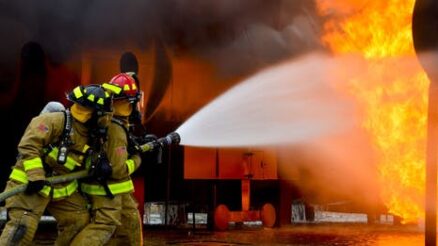Floods can be really dangerous and damaging. It can cause the death or severe injury of many people, animals and significant economic loss because of flood damages. Unfortunately, most insurance plans do not cover flood damage, and getting flood insurance can be expensive, particularly in high-risk locations. However, instead of letting individuals suffer, people may ask their city governments to provide flood protection.
How to Minimize the Possibilities of Flood Damage
Flood damages can be severe and expensive. Since home insurance policies do not always cover it, homeowners and companies must take some easy yet practical procedures to minimize the risk to their property and keep prices down. Here are a few tips to remember in case of flooding in your property.
1. Know Your Situation
The first step in flood protection is to estimate the probability of a flood in your area and how well your home is designed to endure it. Next, find out if you’re at risk of flooding if you don’t know. People usually say, “I never thought this kind of thing would happen to me.” Check the risk. If there’s a chance of it happening to you, be prepared.
2. Make a Plan
If you do not have physical flood protection, you may have to leave, which will require cautious planning and monitoring. A business’s existing fire exit plan could be changed. Make sure you have a flood emergency response plan and a team available. Prepare a flood kit that may be kept in a place where employees can quickly get it if the property floods. Learn more information about property restoration after a flood.
3. Emergency Flood Kit
Being prepared will make things easier if ever your property is flooded. If you choose to remain in your home or are evacuated to a rest center, putting together an emergency flood kit is important to avoid risks and make it through the worst. The following items must be in your emergency kit:
- Insurance plan and other important documents
- Chargers and smartphones
- Cash or credit cards
- Medical supplies or a first-aid kit
- Non-perishable food items
- Duvets, blankets, and clothing
- Flashlight and batteries
- Bottled water
- Essential toiletries
4. Plan for Business Continuity
Businesses should have a continuity plan prepared to ensure constant operational efficiency. Modern technology makes it simple to run a portable business. You can either move to another property or operate on a reduced scale for the duration of the flood. In addition, homeowners can use these guidelines to make sure that they can properly care for their loved ones in case of flooding.
5. Get a Flood Insurance
Are you protected? Check your insurance coverage to see if the flood damage is covered. Just a small percentage of people residing in high-risk flood zones know whether their insurance covers water damage. It is better to fix the damages if you can keep the water out. Consider simple flood-prevention procedures such as portable flood barriers. Seek help from the restoration companies for more details.
Avoiding flooding and finding affordable flood insurance may be hard. The best thing you can do in some cases is to keep your property from being flooded. Many people strive to transfer from flood-prone areas. However, due to the high risk of this natural disaster, properties often lose value.

